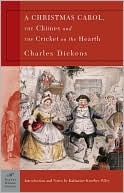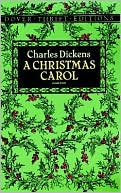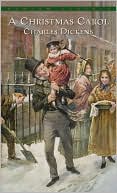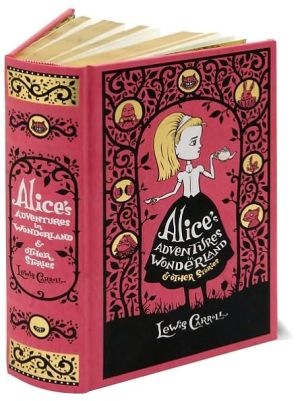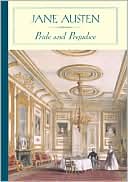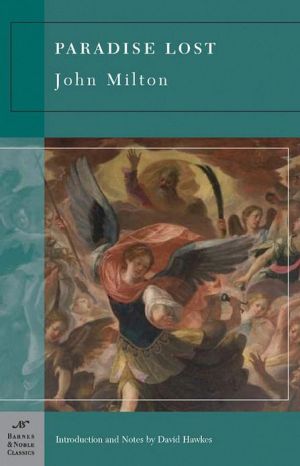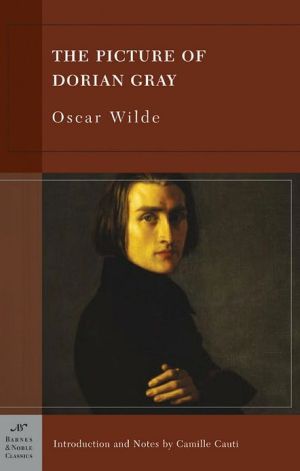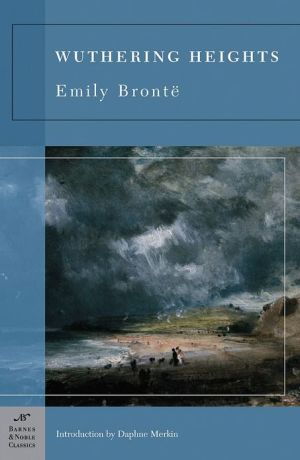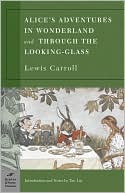Christmas Carol, The Chimes & The Cricket on the Hearth (Barnes & Noble Classics Series)
Search in google:
A Christmas Carol, The Chimes, and The Cricket on the Hearth, by Charles Dickens, is part of the Barnes & Noble Classics series, which offers quality editions at affordable prices to the student and the general reader, including new scholarship, thoughtful design, and pages of carefully crafted extras. Here are some of the remarkable features of Barnes & Noble Classics: New introductions commissioned from today's top writers and scholars Biographies of the authors Chronologies of contemporary historical, biographical, and cultural events Footnotes and endnotes Selective discussions of imitations, parodies, poems, books, plays, paintings, operas, statuary, and films inspired by the work Comments by other famous authors Study questions to challenge the reader's viewpoints and expectations Bibliographies for further reading Indices & Glossaries, when appropriateAll editions are beautifully designed and are printed to superior specifications; some include illustrations of historical interest. Barnes & Noble Classics pulls together a constellation of influences—biographical, historical, and literary—to enrich each reader's understanding of these enduring works.Generations of readers have been enchanted by Dickens’s A Christmas Carol—the most cheerful ghost story ever written, and the unforgettable tale of Ebenezer Scrooge’s moral regeneration. Written in just a few weeks, A Christmas Carol famously recounts the plight of Bob Cratchit, whose family finds joy even in poverty, and the transformation of his miserly boss Scrooge as he is visited by the ghosts of Christmas past, present, and future.From Scrooge’s “Bah!” and “Humbug!” to Tiny Tim’s “God bless us every one!” A Christmas Carol shines with warmth, decency, kindness, humility, and the value of the holidays. But beneath its sentimental surface, A Christmas Carol offers another of Dickens’s sharply critical portraits of a brutal society, and an inspiring celebration of the possibility of spiritual, psychological, and social change.This new volume collects Dickens’s three most renowned “Christmas Books,” including The Chimes, a New Year’s tale, and The Cricket on the Hearth, whose eponymous creature remains silent during sorrow and chirps amid happiness.Katharine Kroeber Wiley, the daughter of a scholar and a sculptor, has a degree in English Literature from Occidental College. Her work has appeared in Boundary Two and the recent book, Lore of the Dolphin. She is currently working on a book on Victorian Christmas writings.The Barnes & Noble Review"That old chestnut? Yeah, I read it as kid...or saw the play, same thing. I'll bet I could practically recite it word for word in my sleep. Why, just the other night it was on television...you remember, the one with Bill Murray?" If this is your attitude when someone brings up Charles Dickens's devastating story of spiritual decay and desperate renewal, it's probably time to find yourself a copy of the original, just so you can truly recall what all the fuss was about in the first place. The famous plot is what we know perhaps too well, but take a moment to savor Dickens as a wizard of description and comparison, as much here as in Bleak House or Great Expectations. Here, as in The Chimes and The Cricket on the Hearth, the body and its needs are often the source of inspiration: a caroler's nose is "gnawed and mumbled by the hungry cold as bones are gnawed by dogs," a fiddler tunes his instrument "like fifty stomach-aches," and Scrooge visits his future grave in a churchyard "choked up with too much burying; fat with repleted appetite." Of course, Dickens earned his reputation as a sentimentalist but backed up his tear-jerking craftsmanship with an implacable emotional appeal. Scrooge is no stage cariacature of a miser but a reflection of the human heart, just as important (and as worth saving from misery) as Tiny Tim. Darker and wiser than they're given credit for being, these tales are true gifts to readers, from an imagination that was nothing if not generous to a fault. --Bill Tipper
